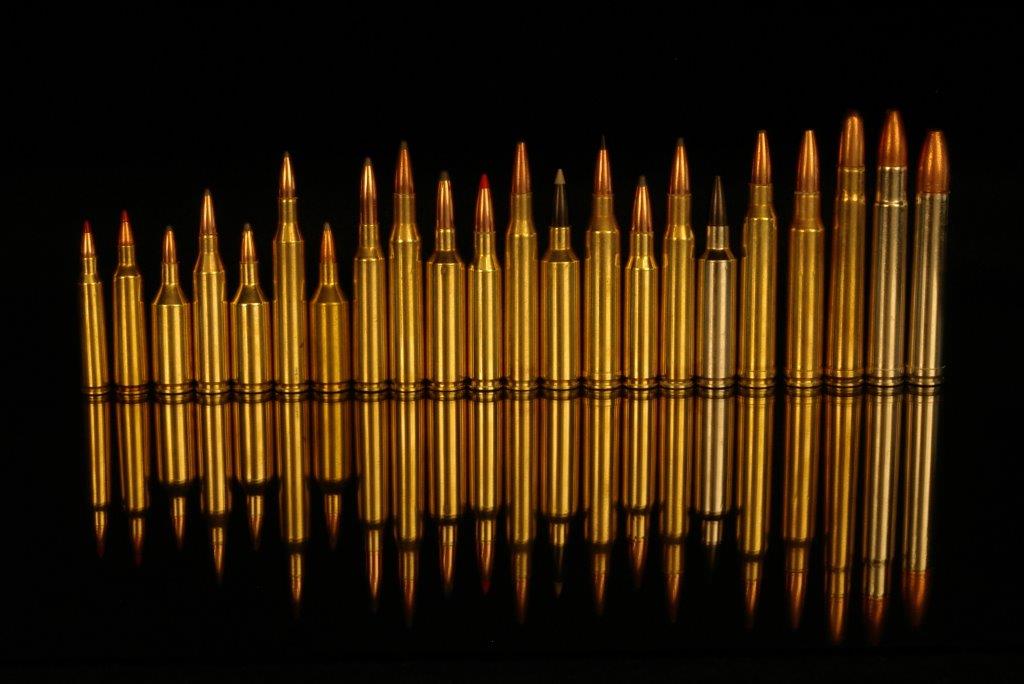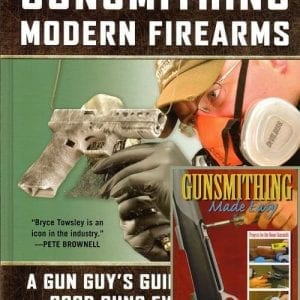I recently posted a question on Facebook that resulted in unintended debate.
I wanted to know who came up with the concept that deer-size game require 1,000 foot-pounds of energy from a rifle bullet. Simple enough, right?
What followed was a huge debate about terminal ballistics.
One argument that came up was that this standard was from back before expanding bullets and so it doesn’t apply today. We have been using expanding rifle bullets almost exclusively for 120 years. But let’s look at that argument.
The truth is a non-expanding bullet takes far less energy to penetrate the same distance as an expanding bullet. That’s why handgun hunters shooting hard cast bullets with well under the 1,000 foot-pounds of energy threshold often have much deeper penetration than they would using a more powerful rifle with an expanding bullet.
Expanding bullets take far more energy to expand and penetrate than a non-expanding bullet. The new “hard” expanding bullets require even more energy because copper requires far more energy to reshape than lead.
The expanded bullet will have a blunt profile that is 1.5 to 2X the size of the non-expanded bullet. You don’t have to be a rocket surgeon to understand that pushing that through a deer will take more energy than a bullet half its diameter.
One reason that some of the new bullets penetrate so well is that they often have a smaller expanded frontal surface than a traditional expanded lead core bullet. For example, the Barnes TSX has petals with gaps between them; this reduces the frontal surface area and provides a place for displaced tissue to flow. Another reason they penetrate well is that they retain almost 100% of their weight.
When bullet is breaking up and shedding pieces inside a critter it takes energy to move the metal and break it up, and when the pieces break off a percentage of the stored energy goes with them and is lost from the primary projectile. The bullets like the Barnes TSX expand very early, in the first inch or so after impact, then they stop expanding. Unless it hits a bone, the bullet stays together, keeps its shape and penetrates. It is no longer using energy to move metal and all remaining energy is directed to penetration.
With all else equal, a heavier bullet will penetrate farther than a lighter bullet. Part of that is simply because it is heavier. But another reason brings us back to energy. Energy is biased heavily to velocity and it will exponentially increase or decrease with changes in velocity. A bullet slows very quickly in a game animal and as the velocity drops, so does its energy until it reaches zero and the bullet stops. At any given velocity, a heavy bullet will store more energy than a lighter bullet. Also, because of several other factors in terminal ballistics, momentum for example, a heavy bullet (again with all else equal) will slow in the target at a lower rate than a lighter bullet, which equates to more retained energy over a given distance and deeper penetration.
If penetration were the only goal we could just shoot solids and penetrate the hell out of our deer. It will work too, if you use big bullets. But we don’t, we use small bullets that expand to become bigger.
A bullet that slowly penetrates a section of tissue will do far less damage to that tissue than a bullet that is traveling at higher velocity as it penetrates. The first punches a hole, often with little damage, as the tissue will often stretch over the bullet as it penetrates and then snap back after the bullet passes through, resulting in a smaller than bullet diameter hole. However, a high velocity bullet will be disrupting tissue with a shock wave of transferred energy as well as by the contact with the bullet that tears and crushes tissue as it passes. This is how you get those huge exit wounds. It is because the bullet exited with a lot of retained energy and velocity.
Exit wounds. Let me go on record here; I am for them. I am not a “dump the energy; leave the bullet in the critter” guy. Energy doesn’t kill, tissue damage does. With a given diameter, the bullet that completely penetrates and exits with plenty of energy and velocity does the most damage because it creates a large wound channel all the way to the exit. The bullet that stops inside the critter does not.
Of course, bullets do not always exit. Bone often has other ideas and can stop a lot of bullets. I have seen the spine of a deer stop bullets from powerful cartridges like a .280 AI or a .30-06 in a relatively short distance.
That’s why it is important to have not only good bullets, but enough horsepower pushing them. How much? I don’t like to think in terms of “the minimum cartridge needed” as is often the subject of these debates. I prefer to seek out the best cartridge. My goal is to have enough power to have an exit at least 80% of the time on deer and similar game, up to and including elk. The really big stuff, weighing more than a ton, can change that. The other 20% of the shots should be the flukes, where you hit a lot of bone or an end for end shot. If my bullet and cartridge cannot penetrate both shoulders of an adult buck and exit, I think it’s inadequate to be 100% reliable for deer hunting.
Shot placement, it always comes up and it always pisses me off. I guess they assume I just shoot them in the ass on purpose? Of course it’s important. But, it’s important with any cartridge. If you have hunted much you understand that shot placement is a great concept that is not always executed as expected in the real world.
Beyond that, shot placement is not the single key that some suggest. “Hit them right with anything and they go down!” Really? If you believe that, go shoot a Cape buffalo, or better yet an elephant, with a .223 Rem. Take your time, make sure you place that shot exactly right. Let me know how it works out, if you live. Shot placement is important, but it’s only one check box on a long list of important things.
We use energy to measure power, but the problem is that energy is so biased to velocity that it masks other factors. A lightweight bullet can have a lot of energy, but penetrate very poorly.
For example, a 40 grain .220 Swift bullets at 4,250 ft/s has 1,600 foot pounds of energy. So, if we were to look only at energy as a measure, it should make a great deer gun. Of course that’s not true and it will fail horribly. (Yes, I know it can kill a deer. So can a .22 Short. I have killed deer with both. But both will fail if put into general use for deer hunting.)
If you run a 200 grain .358 bullet at less than half that speed, 1,900 ft/s (.35 Remington at 100 yards) it has the same energy and will work well on deer.
Finding the right terminal ballistics is a balance of all the factors. You must have a well-designed bullet with enough diameter and weight and that must be matched to the correct velocity level. A 100-grain .243 bullet at 3,000 ft/s is going to kill deer pretty well. But that same bullet at half the velocity will not. On the other hand, if you use a 300-grain .45 bullet at 1,500 ft/s it will work very well.
So is it energy, momentum, KO factor, bullet design, velocity or voodoo that kills? How do we define it? What unit of measurement is best?
Every way we try to measure has flaws that can be exploited to make any argument that suits your needs.
It’s odd how this the “power” debate has changed. The instant experts are claiming new bullets have changed the rules. (Sound familiar? Check out the 9mm vs .45 debate.) But the truth is that if the rules are to include science and physics, instead of opinion, nothing has changed much. Today’s best bullets are better than what our grandfathers hunted with, but they are only as good as what’s driving them.
It’s all part of a giant puzzle without hard and fast rules. The energy level for a .270 to work well on a deer is going to be different than the energy level needed for a .44 Magnum to work on the same deer. One is a light, fast bullet, the other slow and heavy. They both should penetrate and kill the deer, but beyond that nothing is the same.
The key isn’t any one thing; it’s a balance of bullet design, bullet weight and velocity. That said, until somebody finds a better way and convinces the world to change, we are using energy, warts and all, as our standard of measurement and comparison.
So is the 1,000 foot-pound threshold for a modern, expanding rifle bullet valid? I believe it is, but only if we also consider that we must also have the proper bullet diameter, design and weight.
What defines those?
I don’t know. Nobody does.
It’s like art; you know it when you see it.
By the way, I still don’t have an answer to my question.














